India’s Defence Imports and Exports: Questions Over the Claims of Self-Reliance
Townhall Times | New Delhi | October 22, 2025
India has made notable strides in its pursuit of self-reliance in the defence sector. In the financial year 2024–25, the country’s defence exports reached a record ₹23,622 crore, marking a significant achievement under the ‘Make in India’ initiative and the Defence Production Policy aimed at boosting indigenous manufacturing.
However, defence experts and analysts caution that this achievement may be misleading, as India continues to depend heavily on foreign imports for high-tech and strategic weapon systems. According to data from the Ministry of Defence and the Stockholm International Peace Research Institute (SIPRI), India’s arms imports in 2024 stood at approximately ₹9,810 crore (USD 1.17 billion), accounting for 8.3% of global arms imports. Despite the growth in exports, these figures highlight the continuing gap between claims and reality.
As per SIPRI, India remains the world’s second-largest arms importer, with its imports declining by only 9.3% between 2020 and 2024. The country still sources major high-tech weapon systems from Russia (36%), France (29%), and Israel (15%) — including the S-400 air defence system, Rafale fighter jets, and Spike missiles. These imported systems form the backbone of India’s military strength, with no fully indigenous alternatives currently available.
On the export front, India’s major defence products include the BrahMos missile, Pinaka rocket launcher, and Akash surface-to-air missile (SAM) systems. While these are commendable achievements, most of these exports go to small and medium-income countries such as Armenia, Mauritius, and Sri Lanka. Experts classify these as medium-technology weapons, which cannot yet compete with the high-end systems produced by the U.S., Russia, or France.
Critics argue that the government’s claim of a ₹13,812 crore export surplus (exports minus imports) is a case of “statistical juggling.” Defence analyst Ramesh Thakur remarked:
“India’s exports remain limited to basic arms and ammunition for smaller nations, while our own forces still rely on imported systems like the S-400 and Rafale. Without them, our defence capability would be incomplete.”
India’s total defence budget for FY 2024–25 stands at ₹6.21 lakh crore, with the government claiming that 75% of procurement is now indigenous. However, most of this “indigenous” procurement includes maintenance, ammunition, and low-tech equipment, rather than advanced weapons platforms.
The private sector now contributes around 64% of India’s total defence exports, led by companies such as Bharat Forge and KSSL. This is a positive sign, but experts warn that India must invest heavily in research and development (R&D) for next-generation weapon systems — such as fifth-generation fighter jets and stealth submarines. Currently, HAL’s R&D expenditure (9.3% of its revenue) remains far below global standards.
Moreover, India’s defence export market largely comprises smaller countries, while major defence markets like the U.S. and Europe view India primarily as a supplier of components and simulators, not as a strategic defence partner.
In conclusion, India’s growing defence exports represent a step forward, but its heavy reliance on imports and the absence of indigenous high-tech weapon systems raise serious questions about the government’s self-reliance narrative. To become a true global defence power, India must focus on R&D, innovation, and private sector collaboration — ensuring that it evolves from being a supplier of low-end weaponry to a technologically self-reliant defence nation.
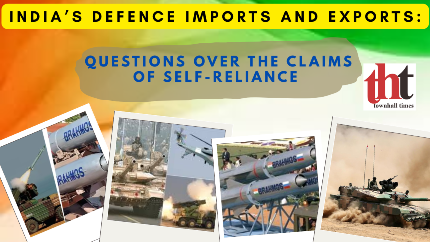


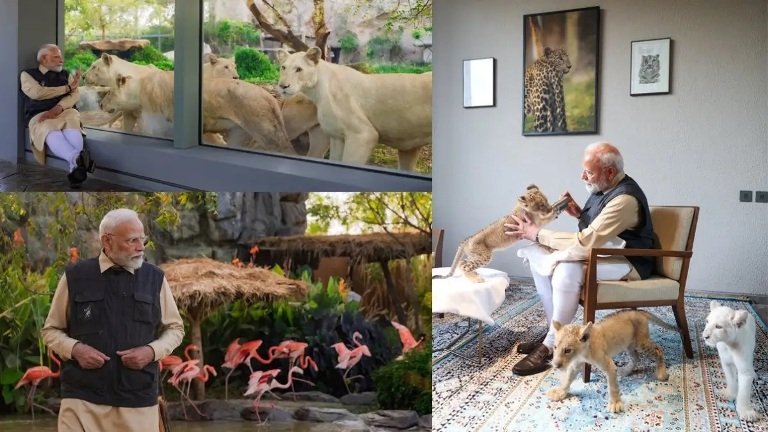
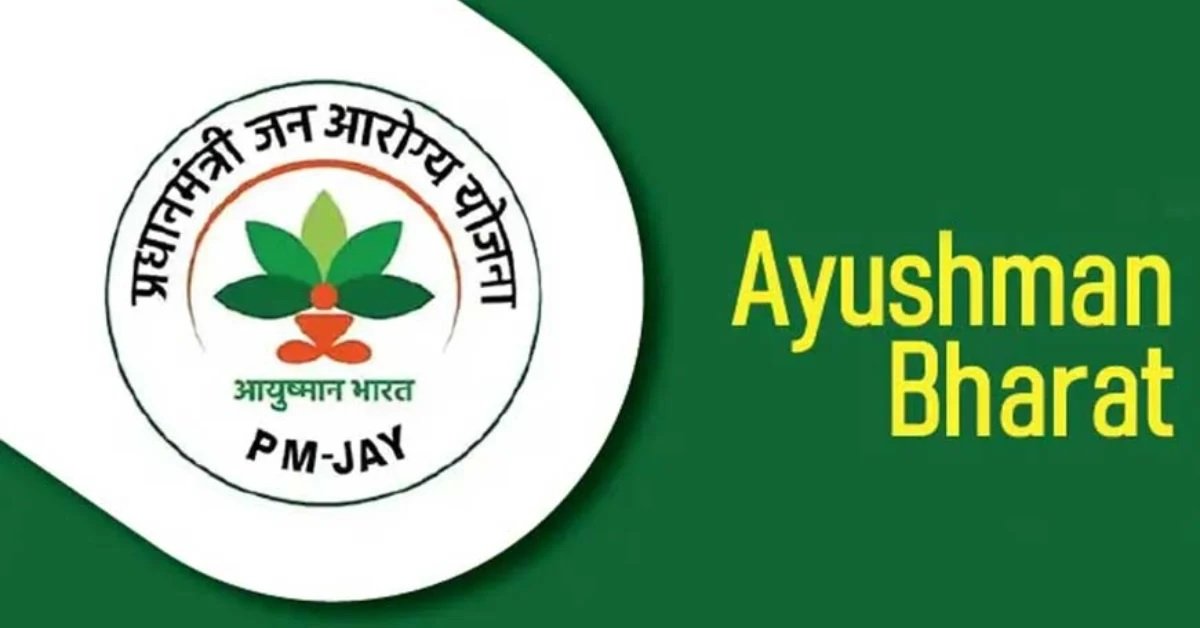

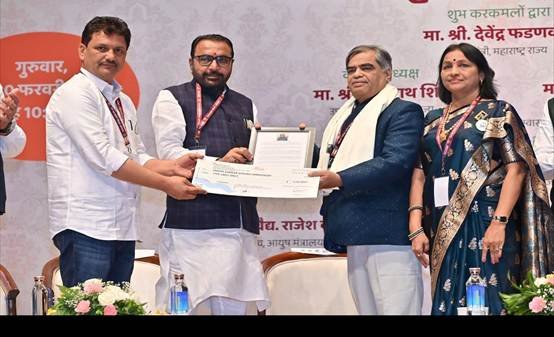
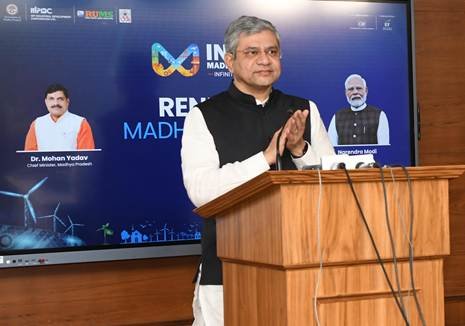
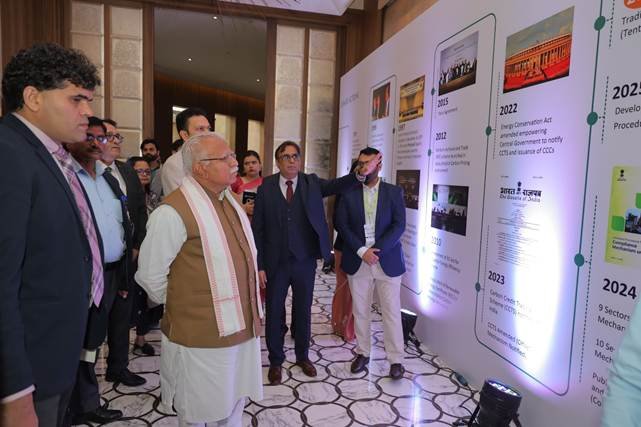





Leave a Reply